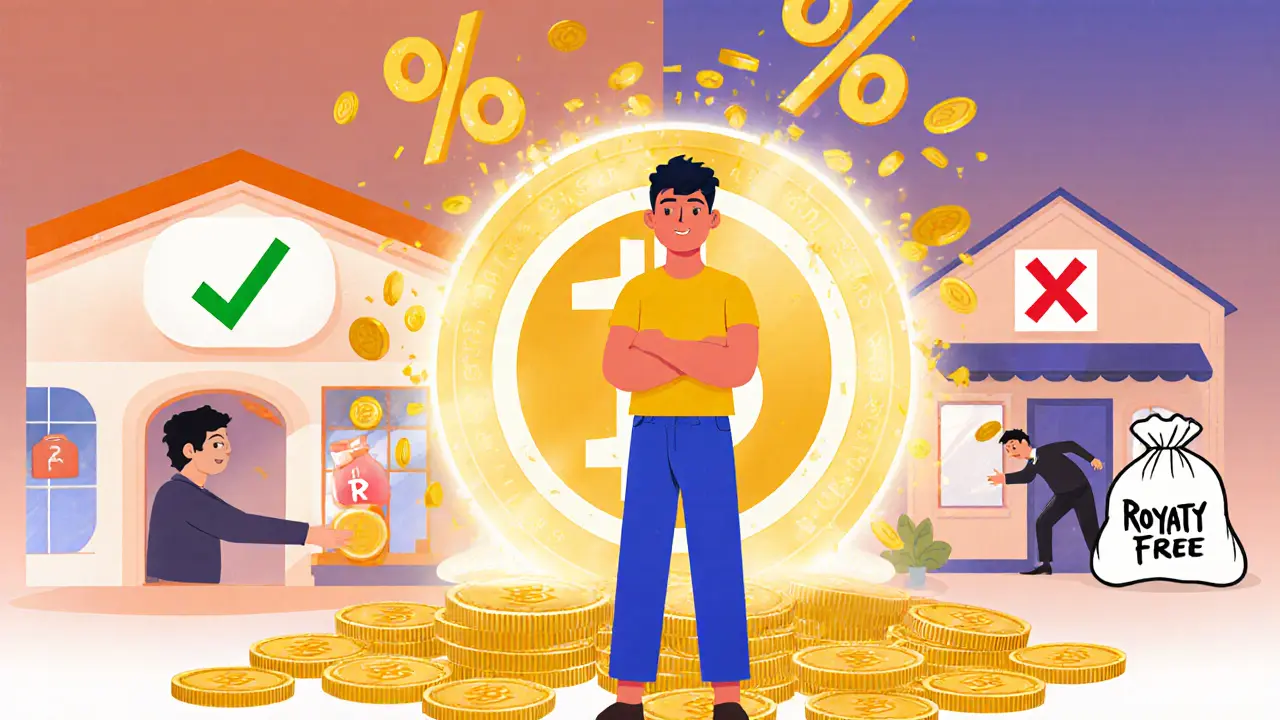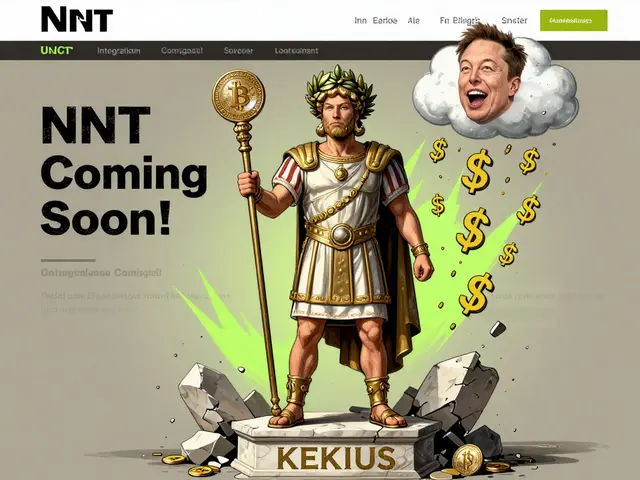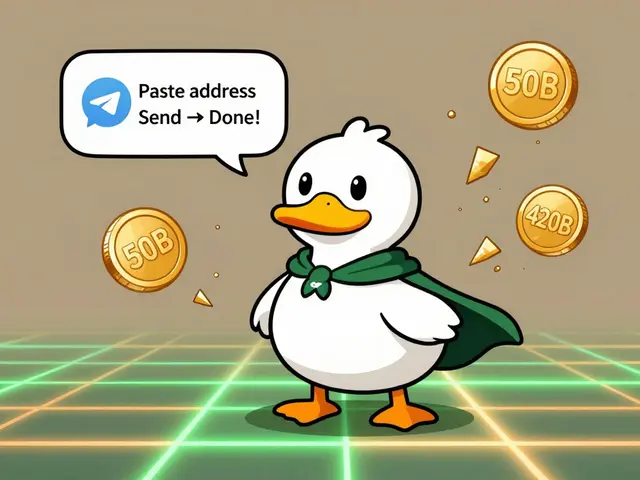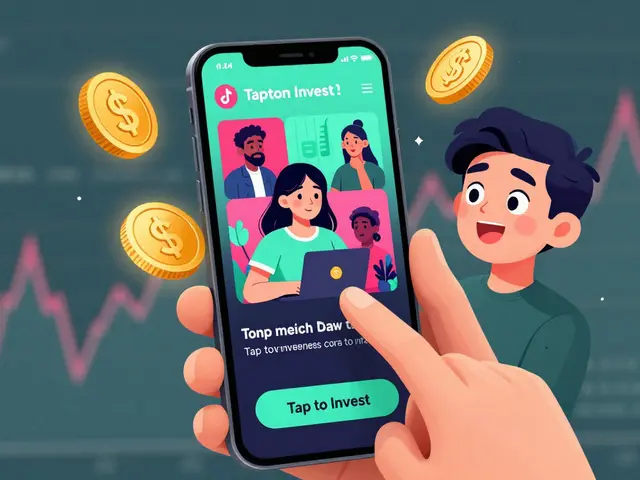Creator Royalties: What They Are and Why They Matter in Crypto
When you buy an NFT, creator royalties, a percentage of future sales paid to the original maker. Also known as secondary sale royalties, they’re built into the smart contract so the artist keeps earning every time the piece changes hands. This isn’t charity—it’s a way for creators to survive in a market where the first sale often barely covers gas fees. Without royalties, most artists would have to rely on one-time payouts, making it nearly impossible to turn digital art, music, or code into a sustainable career.
These royalties rely on smart contract royalties, self-executing rules coded directly into blockchain transactions. When someone resells an NFT on a marketplace like OpenSea or Blur, the contract automatically sends, say, 10% of the sale price to the original creator’s wallet. It’s transparent, automatic, and doesn’t need middlemen. But here’s the catch: not all platforms honor them. Some exchanges ignore royalties entirely, letting buyers skip payments and cutting creators out. That’s why the debate isn’t just about fairness—it’s about control. Who decides if a creator gets paid? The code? The platform? Or the buyer?
Related to this are NFT royalties, the specific royalty rates applied to digital collectibles and generative art. Most projects set them between 5% and 15%. Some top collections, like CryptoPunks or Bored Apes, don’t even have royalties because they were launched before the standard existed. Others, like newer DeFi art projects, tie royalties to governance tokens or community funds. The trend is shifting. Big platforms are testing royalty-free models, arguing buyers should own the asset fully. But creators say that’s like letting someone buy your song and then sell it on Spotify without paying you a dime.
What you’ll find in the posts below isn’t just theory. These are real stories: how one artist earned $80,000 in royalties over a year, how a project lost half its income when a major exchange dropped royalty enforcement, and how to spot fake NFTs that pretend to pay royalties but don’t. You’ll also see how royalty structures vary across chains—Ethereum, Solana, and Polygon handle them differently—and why some wallets block royalty payments entirely. This isn’t about hype. It’s about who gets paid, when, and how. If you’re building, buying, or just watching the space, you need to understand this. Because in crypto, the rules aren’t set by governments—they’re written in code. And right now, that code is being rewritten.
NFT Marketplace Royalty Policies: How Creators Get Paid After the Sale
NFT royalties let creators earn from secondary sales, but not all marketplaces pay them. Learn how ERC-2981 works, why platforms like Blur ignore royalties, and what’s being done to fix it in 2025.





